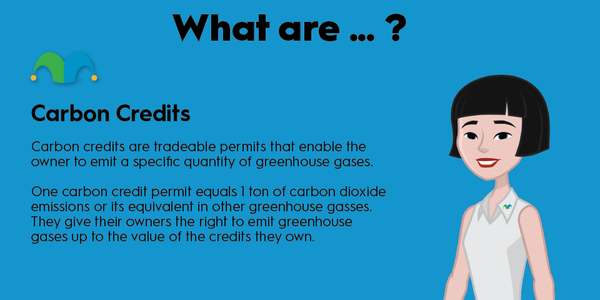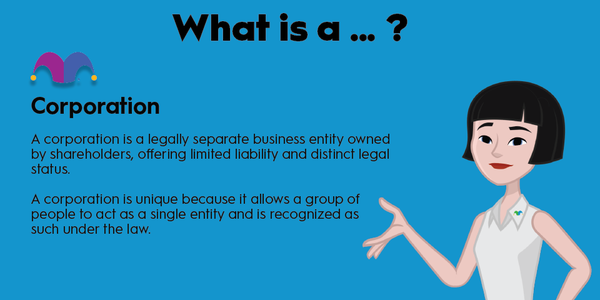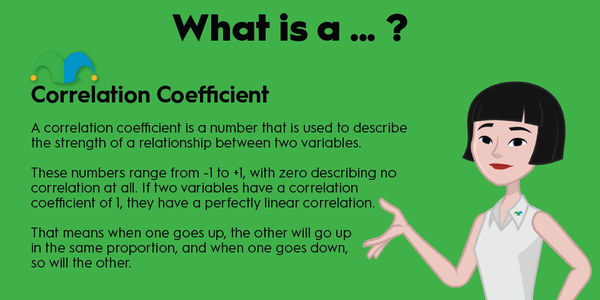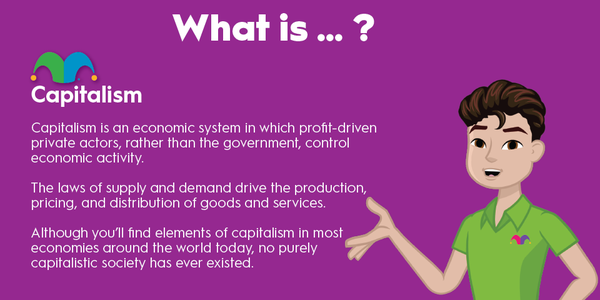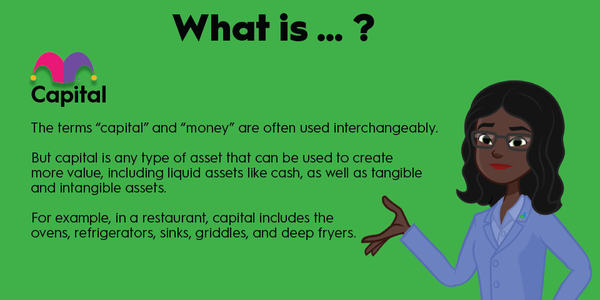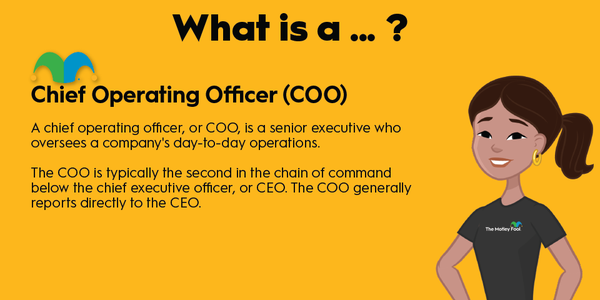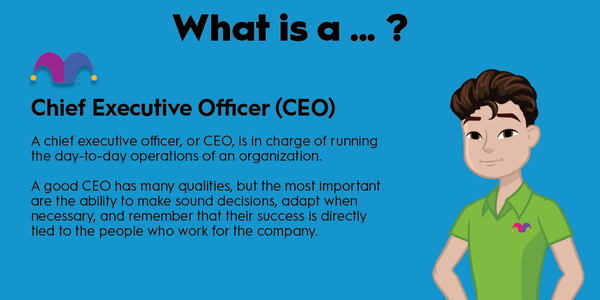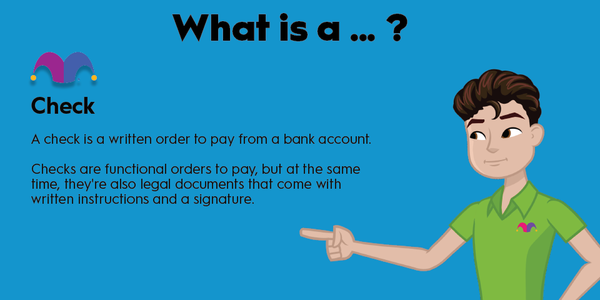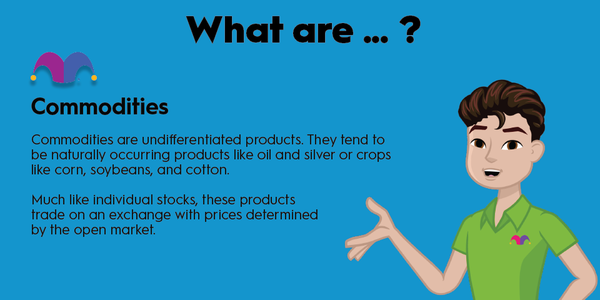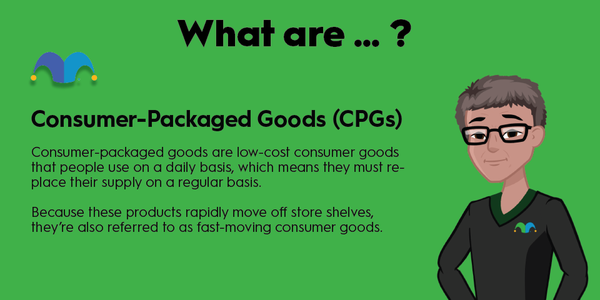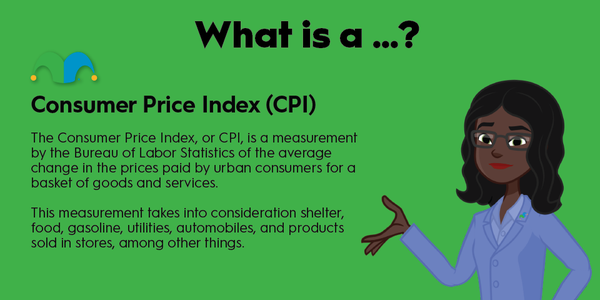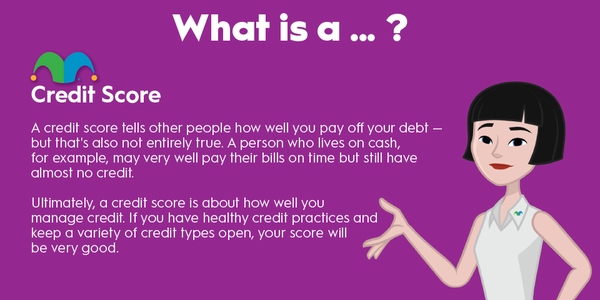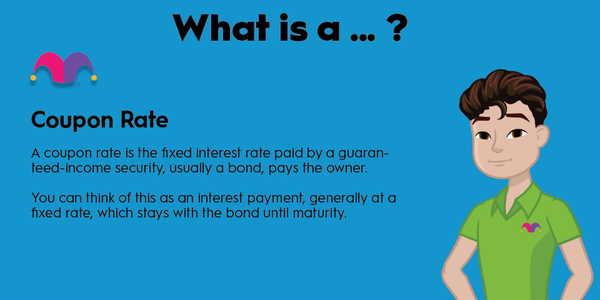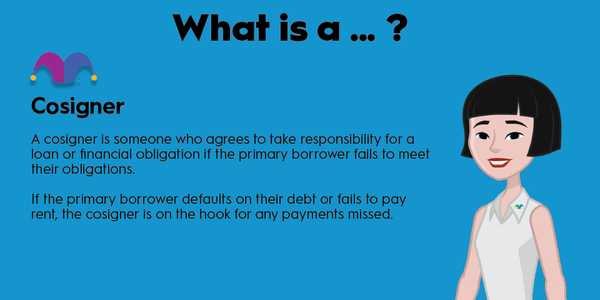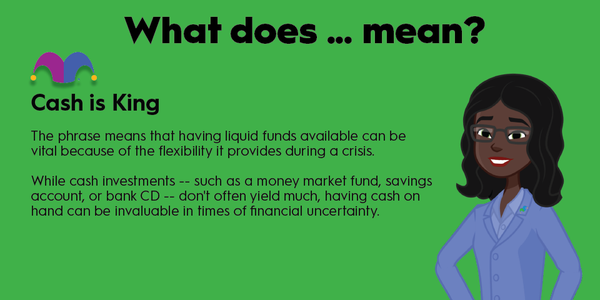Cost of goods sold (or COGS) is the sum of direct expenses that have gone into producing products and services that a business has sold. Indirect expenses and direct costs from producing goods or services that have yet to be sold are not used to calculate COGS.

How to find Cost of Goods Sold
Cost of goods sold will be listed after revenue and before gross profit on a company's income statement. Investors can also calculate or estimate COGS by adding up the direct expenses involved in the creation of a product or service that has been sold.
Here's a break down of how many common business costs are categorized:
Direct Expenses
- Labor costs
- Raw materials
- Power consumption directly used for creating a product or service
Indirect Expenses
- Advertising and marketing
- Fixed utilities
- Insurance and Loan Interest
- Legal costs and taxes
- Property rental costs
- Maintenance
- Accounting costs
- Research and development
Indirect expenses tend to be fixed costs, which means that they do not increase depending on the number of products or services that a company makes or renders.
For example, a business's rental expense for a production facility will remain the same whether it produces 1,000 items or none.
On the other hand, direct expenses tend to be highly variable. If an automotive company wants to increase production of trucks, it will need to purchase more raw materials and increase labor spending.
Companies are often able to produce goods at a lower per-item cost if they make a greater quantity. If a business purchases a greater portion of raw materials, it may be able to get a better price. This reduces the cost of raw materials per unit produced, driving down the overall cost of goods sold and leading to a higher gross profit.
Why Costs of Goods Sold matters to investors
COGS is used in determining gross profit. Gross profit is calculated with the following formula:
Gross profit = Revenue – Cost of goods sold
Because COGS affects a company's overall profitability, it also affects stock performance. If revenue remains the same or increases while cost of goods sold goes down, then gross profit will increase. If revenue increases and COGS sees a lesser proportional increase, then the company's gross profit margin will increase.
However, a company's gross profit is different from its net income -- or total profit. Investors will have to look at revenue in relation to cost of sales to get the full profitability picture. COGS refers only to direct costs associated with the production of goods or services, while cost of sales includes the indirect expenses.
Cost of sales encompasses a wider range of expenses and will therefore be higher than cost of goods sold. The formula for determining cost of sales is:
Cost of sales = Cost of goods sold + Indirect expenses
On a company's income statement, cost of sales will be found preceding the earnings before itemizations and taxes (EBIT). For tax purposes, a company can deduct cost of goods sold; the more expansive cost of sales category is nondeductible.
Related investing topics
Putting it all together to determine net income
After COGS and cost of sales have been identified, you can use this formula to determine a company's profits:
Net income = Revenue – Cost of sales
Now let's take a look at an example to summarize.
If the cost of labor to produce a toy duck is $5 and the cost of materials and other direct resources for production is also $5, the cost of goods sold would be $10. If the company sells the duck at $20, the gross profit on the item would be $10 -- or the difference between the sale price of the toy and the direct costs required to produce it.
However, the total profit on the sale of the toy would be lower because the company also has indirect expenses related to the production of the toy. Let's say that renting the factory, marketing the product, and other indirect expenses add up to indirect expenses of $7. The total cost of sales would then be $17. After subtracting the cost of sales from the $20 sales price, the company would make a $3 profit on the item.

